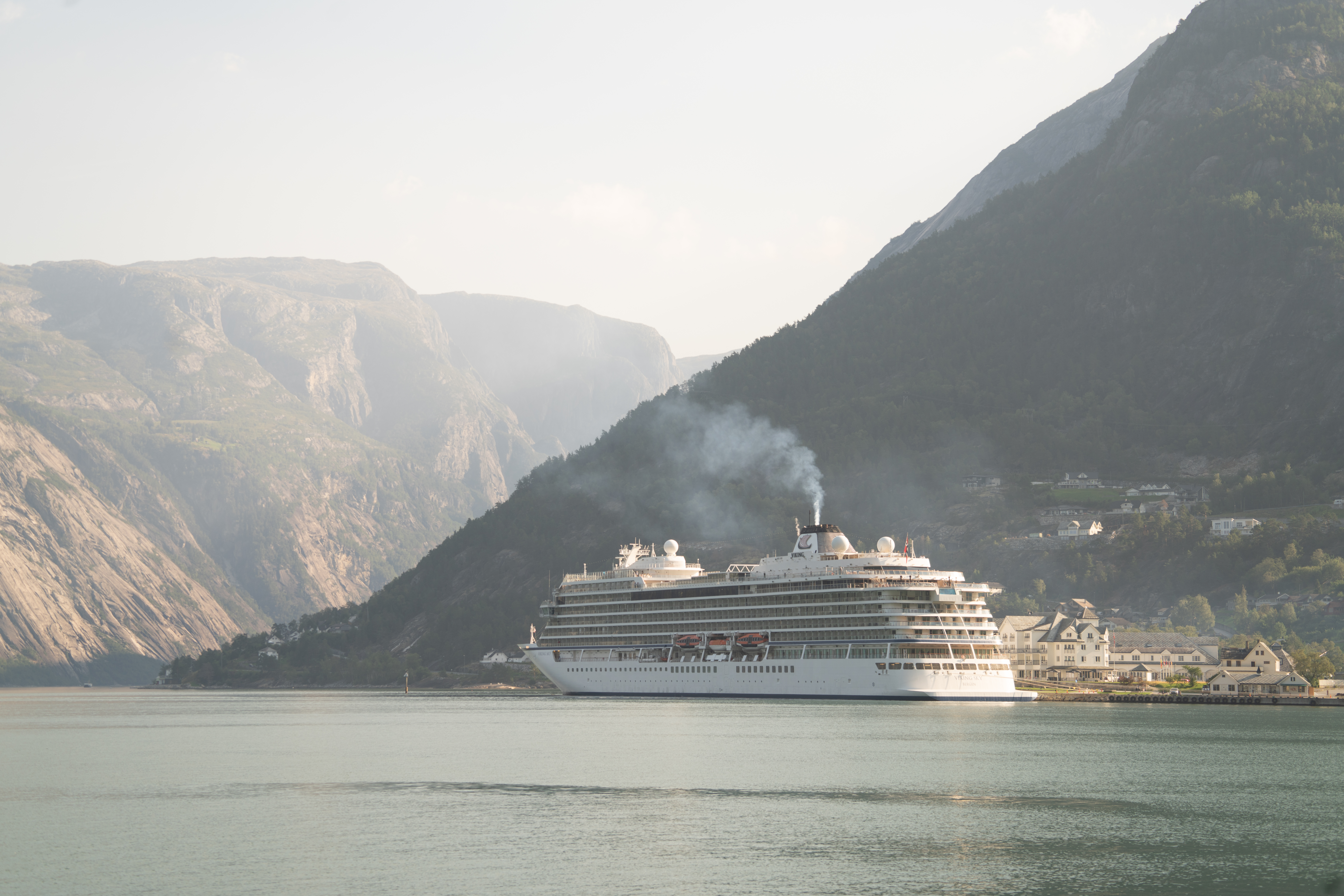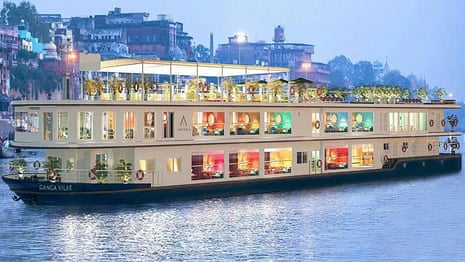River cruise while offering a scenic and leisurely way to explore waterways, can have environmental impacts. However, advancements in technology and sustainable practices are increasingly mitigating these effects. Understanding the balance between enjoyment and environmental responsibility is crucial for both cruise operators and passengers.
The Positive Side
River cruises offer a unique and eco-friendly way to experience the beauty of nature. These cruises often use smaller vessels compared to ocean liners, resulting in a lower carbon footprint. Additionally, river cruises have the potential to support local economies and promote sustainable tourism.
These cruises often dock at multiple ports, allowing passengers to explore various towns and cities along the way. This offers an opportunity for cultural exchange and fosters tourism development in smaller, often overlooked destinations.
The smaller size of river cruise ships gives them the advantage of maneuverability, as they can access waterways that larger vessels cannot. This means that passengers can explore remote and untouched areas, experiencing nature in its full glory.

Credit: foe.org
The Negative Side
Despite the positive aspects, river cruises do have some negative impacts on the environment that cannot be ignored. One of the main concerns is pollution. The ships that operate these cruises generate waste, including sewage and wastewater, which can harm aquatic ecosystems if not properly managed.
Furthermore, the construction and maintenance of river cruise ships can contribute to air and noise pollution. The use of fuel, especially traditional diesel engines, releases harmful emissions and increases carbon dioxide levels in the atmosphere.
Another issue is the potential disturbance to wildlife in and around the rivers. The noise and presence of large cruise ships can disrupt the natural habitat of aquatic species and birdlife, altering their behaviors and migration patterns. This can lead to a decline in biodiversity and severely impact fragile ecosystems.
Efforts towards Sustainability
As the awareness of environmental issues grows, river cruise companies are taking steps to minimize their impact on the environment. Many have invested in cleaner technologies, such as hybrid engines and wastewater treatment systems, to reduce emissions and properly manage waste.
Some cruise operators also focus on responsible tourism practices, promoting educational and conservation initiatives. They collaborate with local organizations to raise awareness about the importance of protecting the environment and minimizing their ecological footprint.

Credit: www.theguardian.com
What Can Passengers Do?
Passengers play an important role in ensuring sustainable river cruising. By making conscious choices, they can support environmentally-friendly practices. Here are some actions passengers can take:
- Choose cruise companies that prioritize sustainability and environmental responsibility.
- Minimize energy consumption in cabins by turning off lights and air conditioning when not in use.
- Participate in shore excursions that promote local culture and nature conservation.
- Avoid single-use plastics and bring reusable water bottles or containers.
- Dispose of waste properly and follow recycling guidelines provided on the ship.
These small steps can collectively make a significant difference and contribute to a more sustainable river cruising industry.
FAQ:
Do River Cruises Harm The Environment?
River cruises can have negative impacts on the environment due to air and water pollution, waste generation, and disturbance to natural habitats.
How Do River Cruises Impact Water Quality?
River cruises can contribute to water pollution through the release of sewage, grey water, and other waste materials, harming the quality and ecosystem of rivers.
What Is The Carbon Footprint Of River Cruises?
River cruises produce carbon emissions through the burning of fossil fuels, contributing to climate change and the deterioration of air quality.
Are There Regulations To Reduce The Environmental Impact Of River Cruises?
Efforts have been made to regulate river cruises and minimize their environmental impact, but stricter regulations and sustainable practices are still needed.
Conclusion
While river cruises have both positive and negative aspects, it is clear that their impact on the environment can be minimized through responsible practices. As the industry continues to evolve, it is crucial for cruise operators and passengers alike to prioritize sustainability and work towards reducing their ecological footprint. By doing so, we can enjoy the beauty of river cruises while protecting the delicate ecosystems they traverse.
